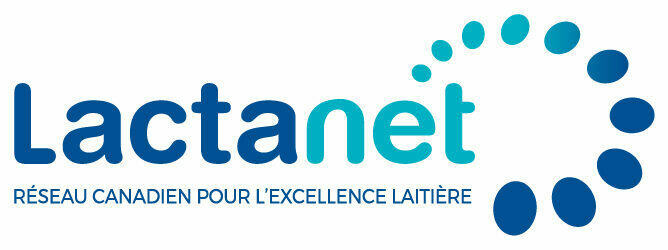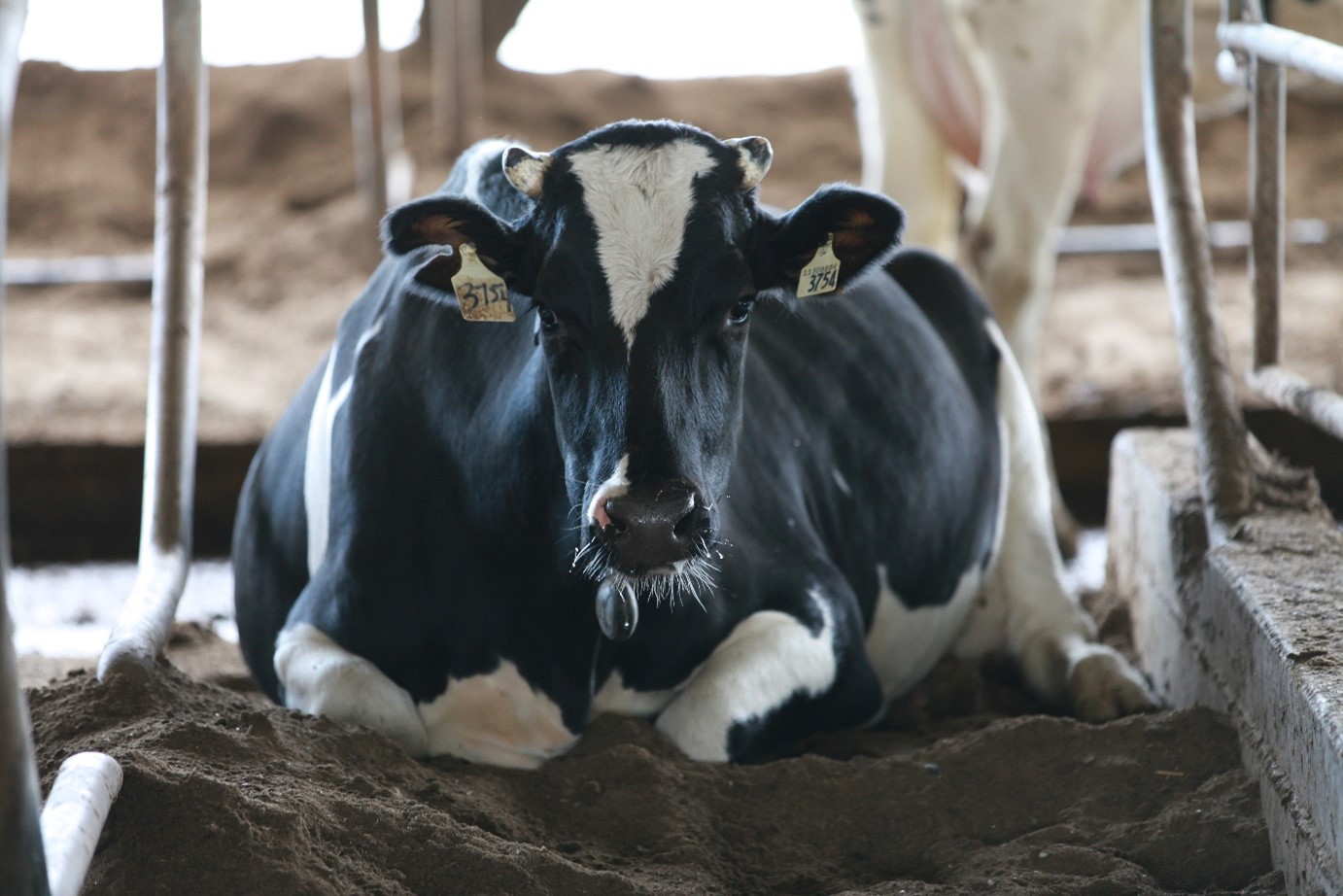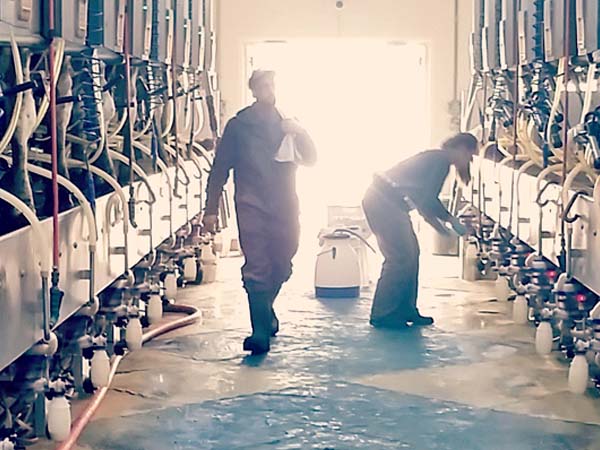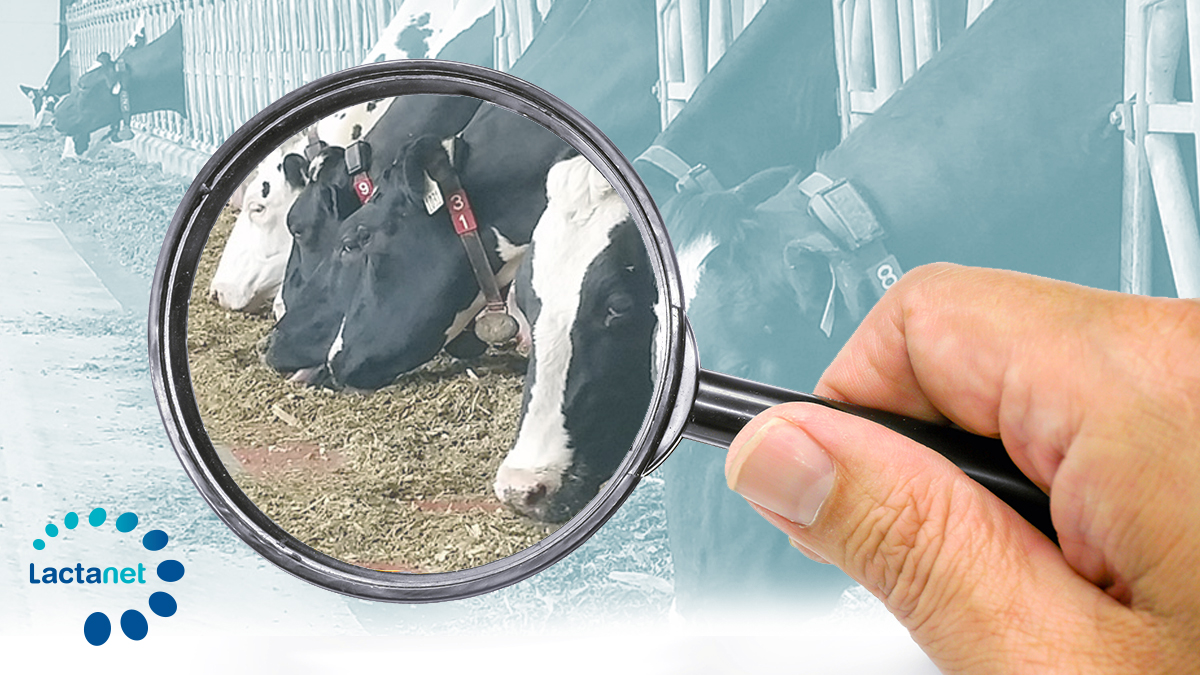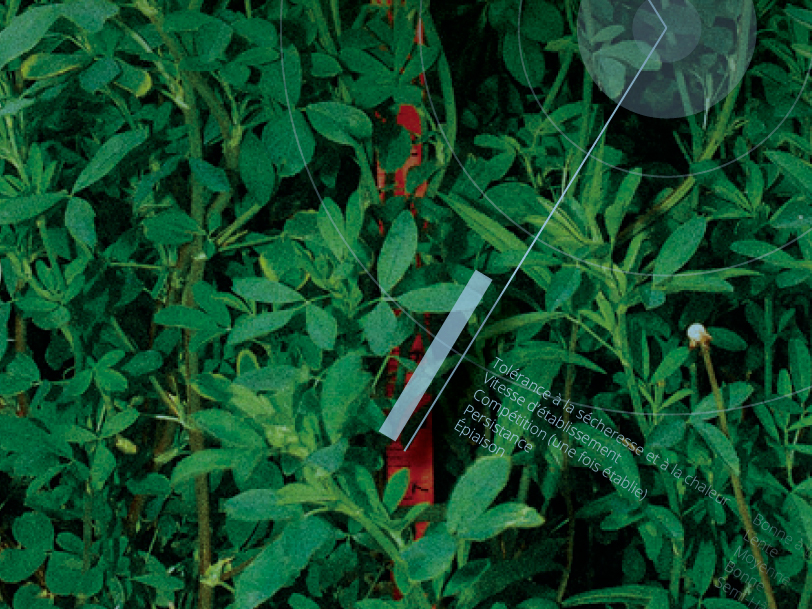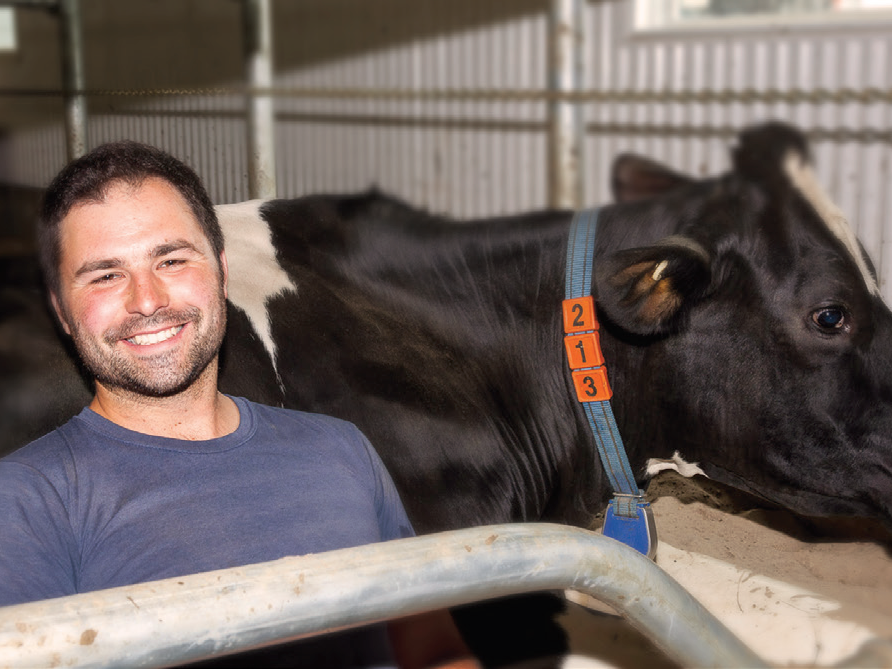Collective Decrease in Production: How to Meet the Challenge on the Farm
- April 4, 2020

1. Production planning
- Have a good understanding of future calvings and milk requirements;
- Know the number of heifers that will enter the milking herd in the coming months;
- Know your animal inventory: number of cows in milk, number of dry cows and heifers.
With this information, take action as best you can now, to only produce your targeted quota.
2. Dry off cows early
- Look at whether certain cows should be dried off or culled according to the farm’s needs;
- Quickly dry off any cows that are producing very little milk (less than 20 kg);
- If you must dry off cows with higher production:
- decrease protein supply
- consider decrease milking frequency for 5-7 days (ie. milk once per day)
- move the cow to another location
- DO NOT cut down on water
- be sure not to supply too much energy during the far-off period
- evaluate the possibility of using the rumensin bolus (with your veterinarian)
3. Feed whole milk to calves
- It is important to ensure that the composition (components and SCC) and temperature are consistent;
- Bulk tank milk is preferable and avoid using sick cow milk (ex. Mastitis, Johne’s, Leukosis);
- For newborns: use whole milk following colostrum and transition milk;
- For calves that are already being fed with milk replacer: feed a half-and-half mixture with whole milk for 4-5 days before moving to 100% whole milk;
- Wean calves later: follow your milk-feeding plan, and then continue with 6L/day for the third month.
4. Review the pertinence of any feed additives being used to increase milk or components
5. Dry off any cows that you were planning to cull*
- Dry off and keep the cows on the farm to ensure that they are in good body condition;
- Stagger shipments to auction and contact the transporter or auction before preparing for the cows to leave, to ensure they can be sold
6. Herds with 3 milkings/day - decrease milking frequency
- For cows in mid to end of lactation: discontinue the “night” milking (monitor for udder engorgement if there is a lengthy gap between 2 milkings);
- For the whole herd: lengthen the milking interval gradually over several days.
7. Review feeding for later stage groups, cows with 150-200 days in milk or more
- Review the pertinence of additives used to increase milk or components;
- Reduce the protein supply.
No matter where you are across the country, get your advisory team involved! Do not hesitate to contact them remotely (Skype, FaceTime, telephone, etc.) for their support in choosing solutions that apply to your situation. We are all committed to helping you thrive during this collective effort, while minimizing its impact on your business.
Finally, take advantage of Lactanet’s ‘No Contact’ milk recording services. With up-to-date information on production, components, SCC, and other data, you will be in a better position to make decisions on early dry off, culling and overall production planning.
* Some services offered may differ depending on the region. Please contact our Customer Service to discuss options.
*According to the recommendations and options in your area as some abattoirs have been affected by Covid-19.
